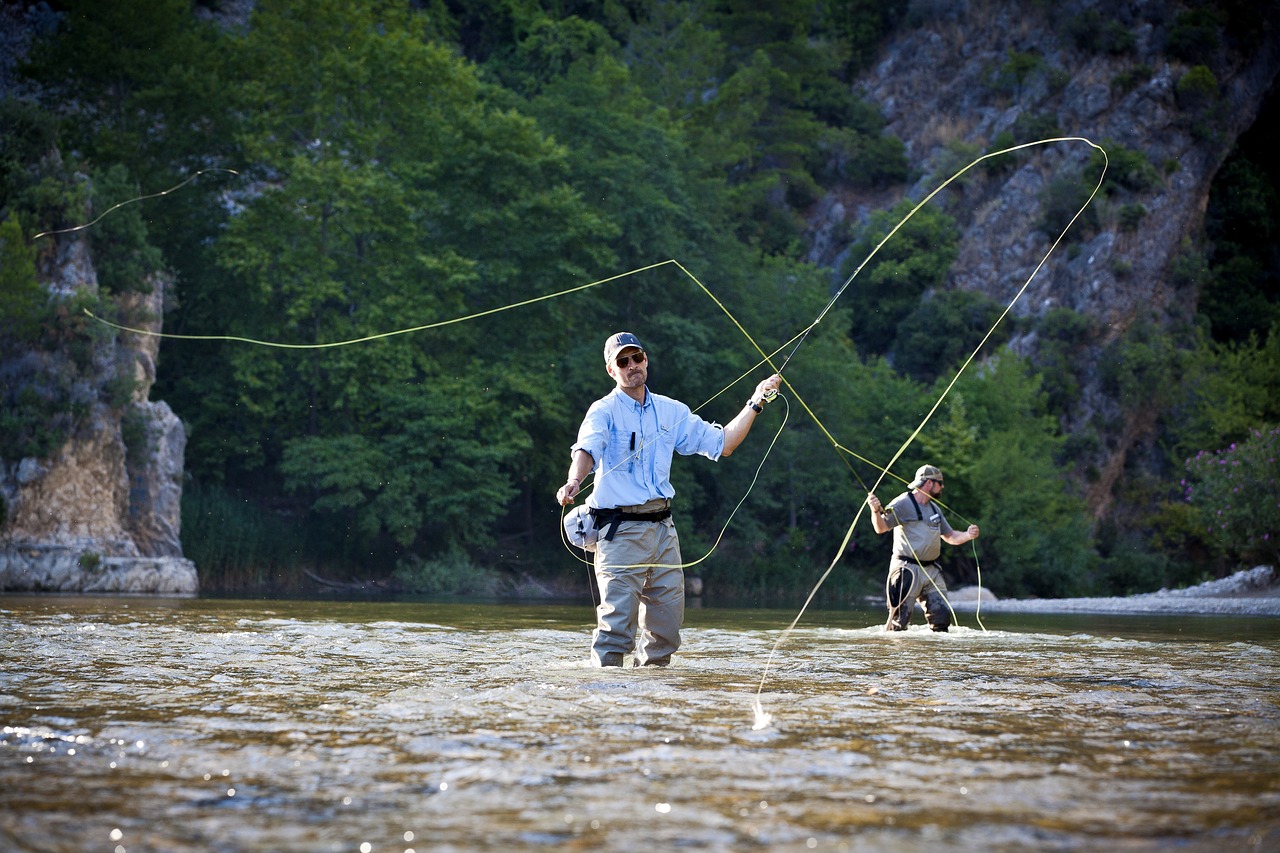
“What Is The Best Fly Fishing Knot For Connecting The Leader To The Tippet?
Have you ever been out on the water, ready to cast your fly rod, only to find yourself unsure of the best knot to use to connect your leader to the tippet? With so many different knots out there, it can be overwhelming to know which one is the most reliable and effective. In this article, we will explore some of the best fly fishing knots for connecting the leader to the tippet, and help you understand when and why to use each one.”

Types of Knots for Connecting Leader to Tippet
When it comes to connecting the leader to the tippet in fly fishing, there are several knots that are commonly used by anglers. Each knot has its unique advantages and applications, so let’s take a closer look at some of the most popular options.
Improved Clinch Knot
The Improved Clinch Knot is one of the most widely used knots in fly fishing for connecting the leader to the tippet. This knot is known for its strength, reliability, and ease of tying. To tie an Improved Clinch Knot, simply pass the tag end of the leader through the hook eye, make five turns around the standing part of the leader, and then pass the tag end back through the loop formed by the turns. Finally, moisten the knot and tighten it by pulling both ends simultaneously. This knot is great for securing small flies and is suitable when using tippets of varying diameters.
Double Surgeon’s Knot
The Double Surgeon’s Knot is another popular choice for connecting the leader to the tippet. This knot is quick and easy to tie, making it ideal for anglers who are looking for a fast and efficient way to make a connection. To tie a Double Surgeon’s Knot, overlap the two lines to be joined and make a simple loop. Then take both tag ends and pass them through the loop twice before moistening the knot and pulling it tight. This knot is great for connecting two lines of similar or different diameters and is often used when setting up a dropper rig.
Blood Knot
The Blood Knot is a strong and reliable option for connecting the leader to the tippet. This knot is particularly well-suited for tying two lines of similar diameter together securely. To tie a Blood Knot, overlap the tag ends of the two lines and twist them around each other five to seven times. Then, pass the tag ends back through the opposite side of the loop formed by the twists before moistening the knot and pulling it tight. This knot is commonly used when creating custom leaders or when attaching tippet rings.
Nail Knot
The Nail Knot is a versatile knot that is commonly used to connect the leader to the fly line, but can also be used to attach tippet material. This knot is particularly useful when you need a smooth connection that passes easily through rod guides. To tie a Nail Knot, use a nail or a specialized tool to create a small loop at the end of the fly line. Then insert the tag end of the leader or tippet through the loop and make five to seven wraps before passing the tag end back through the loop. Finally, tighten the knot by pulling on the leader or tippet. This knot is great for creating seamless connections between different types of fishing lines.
Factors to Consider When Choosing a Knot
When selecting the best fly fishing knot for connecting the leader to the tippet, there are several factors to consider. By taking these considerations into account, you can ensure that you choose the most appropriate knot for your specific fishing situation.
Strength and Reliability
One of the most critical factors to consider when choosing a knot is its strength and reliability. You want a knot that is strong enough to withstand the pull of a fish without breaking, as losing a fish due to a knot failure can be frustrating. Make sure to select a knot that is known for its durability and reliability, such as the Improved Clinch Knot or the Blood Knot.
Ease of Tying
Another important factor to consider is how easy the knot is to tie. Some knots can be complicated and time-consuming to tie, which can be challenging when you are out on the water and need to re-tie your rig quickly. Look for knots like the Double Surgeon’s Knot that are straightforward and quick to tie, allowing you to spend more time fishing and less time messing with your gear.
Application
Consider the specific application for which you are using the knot. Different knots are better suited for different scenarios, such as attaching small flies, creating dropper rigs, or connecting lines of varying diameters. Choose a knot that is appropriate for the type of fishing you are doing to ensure a secure and effective connection between the leader and tippet.

Testing Your Knot
Once you have selected a knot and tied it to connect your leader to the tippet, it is essential to test the knot before casting your line. Testing your knot will give you the confidence that it is secure and reliable, and reduce the likelihood of losing a fish due to a knot failure. Here are some simple ways to test your knot:
-
Visual Inspection: Inspect the knot visually to ensure that it is tied correctly and is not slipping or coming undone. Look for any inconsistencies or signs of weakness that may indicate the knot needs to be retied.
-
Tug Test: Give the knot a firm tug to confirm that it is tight and secure. Apply steady pressure to the line and leader to check for any slippage or movement in the knot. If the knot holds without slipping or deforming, it is likely secure.
-
Field Test: Before casting your line, make a few practice casts to test the knot under real fishing conditions. Cast your line and leader gently to ensure that the knot remains secure and does not fail when under pressure.
Taking the time to test your knot before fishing will give you peace of mind that your connection is strong and reliable, allowing you to focus on the joy of fishing without worrying about your gear.

Tips for Tying Knots Correctly
Tying knots correctly is essential to ensure that they are strong, reliable, and secure. Here are some tips to help you tie knots correctly when connecting the leader to the tippet:
-
Practice Regularly: Practice tying knots regularly, especially before heading out on the water. Familiarizing yourself with different knots and techniques will increase your speed and efficiency when tying knots in real fishing situations.
-
Moisten the Knot: Always moisten the knot before tightening it. This helps lubricate the line and prevents friction, reducing the likelihood of the line weakening or breaking during the tightening process.
-
Trim Excess Line: After tying a knot, trim any excess line to prevent tangling, snagging, or interference with your cast. Leave a small tag end of about 1/4 inch to maintain the strength of the knot without creating unnecessary bulk.
-
Use Proper Technique: Follow the steps of the knot-tying process carefully and precisely to ensure that the knot is tied correctly. Take your time and pay attention to each step to avoid mistakes that could compromise the strength and reliability of the knot.
By following these tips and techniques, you can improve your knot-tying skills and create strong, reliable connections between the leader and tippet for a successful day of fly fishing.

Conclusion
Choosing the best fly fishing knot for connecting the leader to the tippet is essential for ensuring a strong and reliable connection while out on the water. By considering factors such as strength, ease of tying, and application, you can select the most appropriate knot for your specific fishing needs. Remember to test your knot before casting your line and follow proper techniques to tie knots correctly. With the right knowledge and practice, you can tie secure knots that will help you land more fish and enjoy a successful day of fly fishing.